Hundreds of 19th-century painters are interred at Green-Wood: landscape painters, portraitists, and more. But Green-Wood has only a few modernists. Alfred Henry Maurer was one.
Painter Alfred Maurer (1868-1932), who is interred at Green-Wood, worked late in the 19th and early in the 20th century, when American and European art were changing fundamentally. His art, ever-shifting over a career that spanned decades, reflects those changes. Examining these phases of Maurer’s art, one can follow him, and his contemporaries, from realism to abstraction.

Alfred was the son of Louis Maurer, also interred at Green-Wood, who had a long career as an artist. Louis’s art was representational—much of it was done for Currier and Ives and depicted scenes of 19th-century America. For more on Alfred Maurer and his father Louis, including a photograph of the lot at Green-Wood where they are both interred, read the second part of this earlier blog post about them.
A grand exhibition of Alfred Maurer’s art, “Alfred Maurer: At the Vanguard of Modernism,” opened at the Addison Gallery of American Art in Andover, Massachusetts, on April 25. It runs through July 31, then will move to the Crystal Bridges Museum of American Art in Bentonville, Arkansas, were it will be on display October 10, 2015 to January 4, 2016.
This exhibition is billed as “a comprehensive exhibition celebrating the American painter’s singular accomplishments and invaluable contributions to American art in the early twentieth century.” Early in his career, Alfred Maurer was an accomplished representational artist late in the 19th century, following in the footsteps of his father. But he changed his art, going through several phases. As Susan Faxon, the Addison’s curator of art before 1850, notes: “All phases of Maurer’s artistic career are covered in this groundbreaking exhibition, which features his fin-de-siecle figure paintings, scenes of comtemporary leisure, Fauvist works, landscapes and florals, heads and figures, still lifes, and late abstractions . . . .”
Maurer, whose early art was greatly influenced by that of his father Louis, left New York for Paris in 1897, hoping to broaden his horizons. There he was exposed to the work of French artists who were changing art: Henri Matisse, Paul Cezanne, Paul Gauguin, and Pablo Picasso, among others. Maurer served as a link between these artists and American artists. He also served as an agent for Dr. Albert Barnes, who was putting together a legendary collection (which has just gotten a new home in downtown Philadelphia), and as a contact for the Americans who were putting together the groundbreaking Armory Show of 1913. Maurer remained in Paris until the beginning of World War I, when he came back to New York and played a prominent role in its art circles.
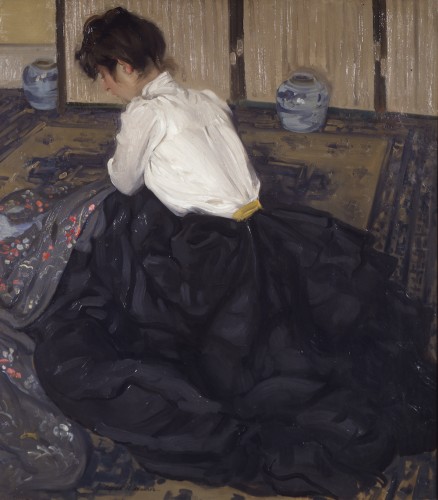
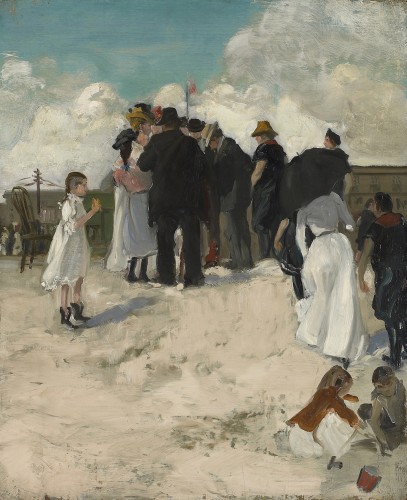
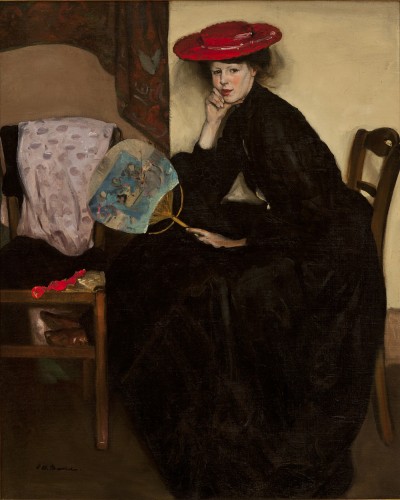

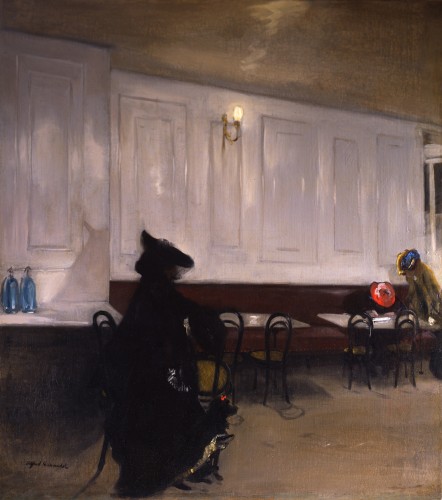
However, great changes were occurring in American and European art early in the 20th century, and Maurer was at the vanguard of those changes: according to the exhibition curator, “From his cross-fertilization of Fauvism between French and American circles to his exploration of abstraction in his late radical works, Maurer proved to be a formidable creative force in expanding the potential for artistic expression in American art.”
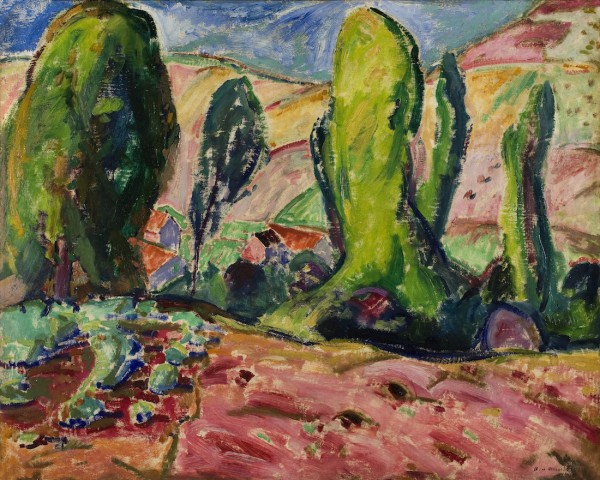
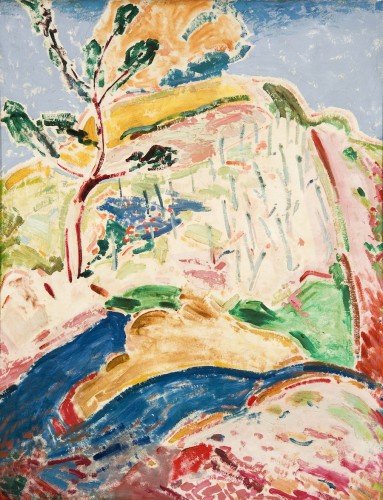
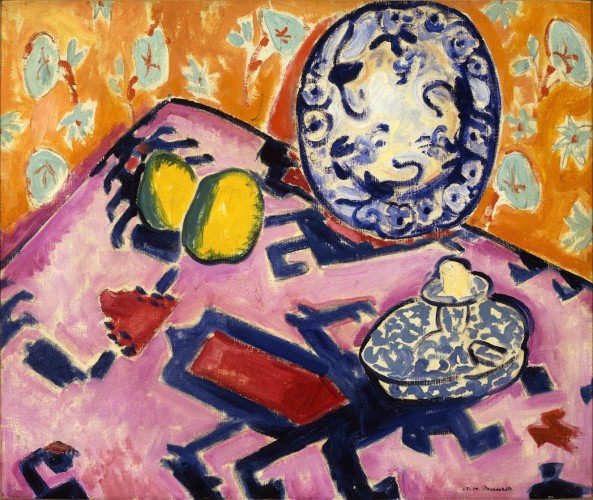
Dr. Stacey B. Epstein, the exhibition’s curator, has written, “The pioneering spirit of American Modernism is crystallized in Maurer’s late cubist paintings, a body of work rich with pictorial possibilities.”
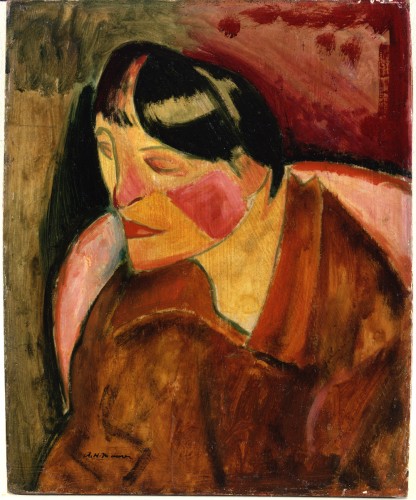

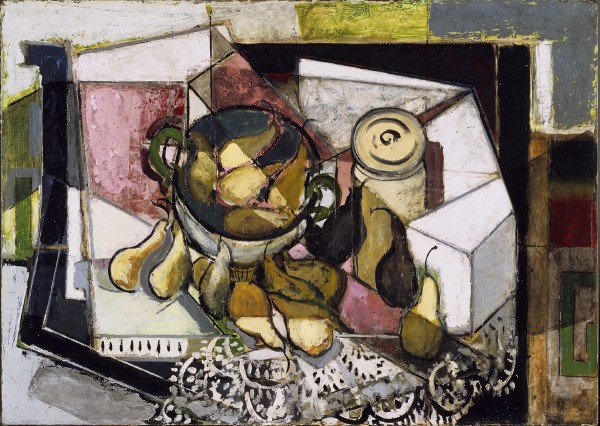
So what is the importance of Alfred Maurer’s art? Stephen May, in his recent review of the exhibition for “Antiques and the Arts Weekly” writes, “A good case can be made that Alfred Maurer (1868-1932) was America’s first Modernist painter. A gifted and daring artist, early in the Twentieth Century he experimented with Fauvism, helped introduce French avant-garde art in America and ultimately created revolutionary, adventurous compositions that presaged experiments in abstraction.”
Until the launch of this exhibition, and the publication of its fully illustrated exhibition catalogue, Alfred Maurer’s art had been largely ignored for years. The original research that the curators have produced, and the gathering of fine examples of the many phases of his art, will hopefully bring him to his rightful place, as a painter in the vanguard of modernism. As the catalogues states, “First recognized for his elegant fin-de-siecle figure paintings, Maurer brought his painterly skills to increasingly adventurous masterworks of Modernism, championing Fauvism and French avant-garde art in America, and, toward the end of his life, he created radical and daring imagery that forecast innovations in abstraction. In this important reevaluation of his work, Stacey B. Epstein shows that Maurer’s trajectory is not one of disjointed periods of distinct or contradictory styles, but rather a deliberately developed, unbroken progression of integrity and skill, with each phase further engaging color, composition, and design in innovative directions.”
With the outbreak of World War I, Alfred Maurer left France and returned to live with his parents at 404 West 43rd Street in Manhattan. Tension ensued between father and son: Louis, his father, saw Alfred’s work as an aesthetic rebellion. Sadly, just weeks after his father, a prominent artist who had inspired Alfred, and with whom Alfred had worked in his first job (in the family lithography business) died, Alfred committed suicide. But Alfred’s legacy—his art—lives on. As Dr. Epstein sums up, “Alfred Maurer indeed proved an important link to future generations of artists who practiced expressive abstraction during the twentieth century. Through the lens of the twenty-first century we can recognize that Maurer was endowed with a gift of sublime vision. His penetrating and sometimes audacious work was to be sure more than a mere reflection of the times—it was transformative, truly expanding our understanding of the possibilities of artistic expression.”
One additional note. Green-Wood’s president, Richard Moylan, has been collecting paintings, on behalf of Green-Wood, by artists interred at the cemetery, for quite some time now. He has purchased four Alfred Maurer paintings, three of which are shown below:
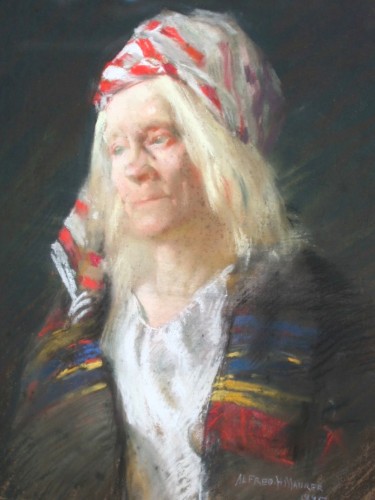
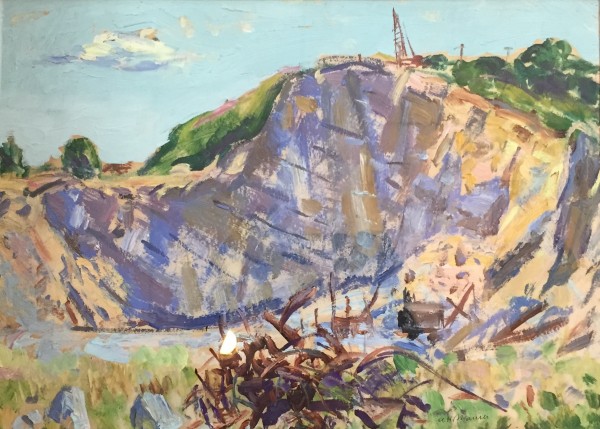
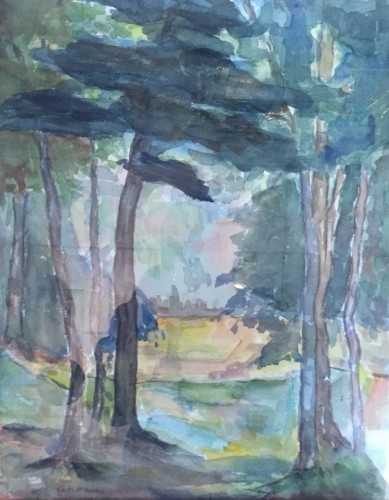
Thanks to Rebecca Mongeon and the Addison Gallery for allowing use of the images of the paintings from the exhibition in this blog post.
I enjoy the historical posts, buy why don’t you show pictures of headstones/footstones and a map of where the grave is, and, if applicable, a list other notable graves nearby?
Glad you enjoy them! I do include photographs of gravestones in many posts. Making a map of the location of each gravestone would be time-consuming. Further, if you visit Green-Wood, there is a computer kiosk opposite the security guard’s station at the main gates; just enter the name of the individual you would like to visit and you can print a map with directions to his or her grave. Notables nearby could go on forever–so I think I’ll pass on that.
Great underrated pioneer too talented for the age in which the Fates cast him.
I was fortunate to see his “At the Shore” in Bentonville, Arkansas a few days ago. Loved it. Absolutely.
Excellent! Here’s a link to Maurer’s painting, which is on display at the Crystal Bridges Museum of American Art in Arkansas.